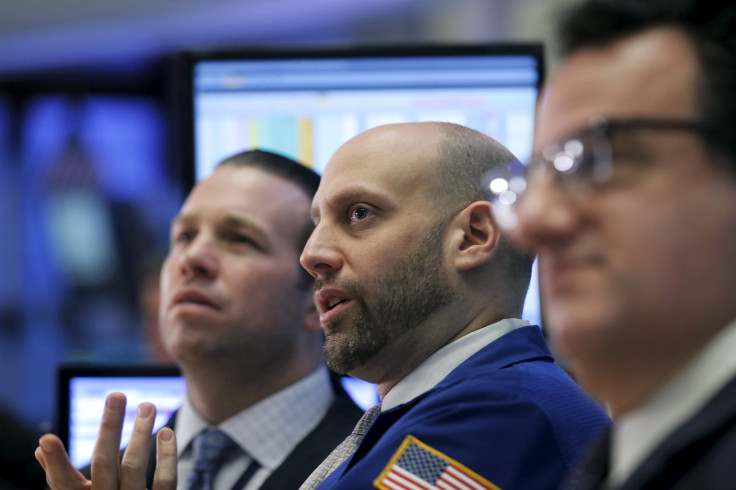How Far Will The Stock Market Drop? Bulls And Bears Puzzle Over A Chaotic New Year On Wall Street

After a wild first three weeks of 2016, U.S. markets provided some respite to weary investors Thursday: The Dow Jones Industrial Average shook off an early slide and finished up 116 points, or 0.7 percent. Still, the index is down close to 9 percent since the start of the 2016, the worst start to a calendar year in the index’s history.
Despite Thursday’s relief, the market’s sharp decline so far this year has investors wondering just how much more volatility is ahead for stocks. Like the markets, the answers are mixed.
“Right now I’m of the belief that it’s an adjustment and not a big fall,” said Sam Stovall, managing director of U.S. equity strategy at S&P Capital Insights. “I don’t think that the risk of a recession has necessarily increased, but the rhetoric certainly has.”
Stovall expects declines to continue for “days or weeks,” with the Standard & Poor's 500 bottoming out around 1,820 — 2.5 percent below where the index closed Thursday, but still just shy of 10 percent down from the start of the year.
Stovall's projection looks sanguine compared to some bears out there. Jeffrey Gundlach, co-founder of DoubleLine Capital and one of the most closely followed market watchers on Wall Street, told Reuters Wednesday that stocks are in a “liquidation cycle,” with investor favorites hardest hit. “This is not stopping anytime soon,” Gundlach warned.
Jeffrey Rottinghaus, a fund manager at T. Rowe Price whose investments outpaced 99 percent of other managers last year, told Bloomberg that stocks could sink another 10 percent, bringing equities within striking distance of a bear market — generally understood as a decline of 20 percentage points.
What’s behind the big drop? In short, the global economy. Growth in China has slowed as commodity prices have plummeted, weighing on industrial sectors the world over. Oil prices, which Stovall called the “divining rod” of global economic worry, have plummeted 40 percent since November, reflecting both a massive supply glut and weakened demand. The Baltic Dry Index (BDIY), which measures international shipments, has fallen to its lowest levels since measurements began in 1985.
In total, a picture is emerging of a world economy shot through with weak spots — hardly the kind of surging growth that supported the stock booms of the late 1990s and mid-2000s.
Domestically, the picture is more mixed. U.S. consumer spending has been healthy and employment gains remain robust, with the economy adding 2.7 million new jobs in 2015. But industrial production has suffered from export headwinds stemming from a strengthening dollar. In November and December, the Institute of Supply Management's manufacturing index dipped into contractionary territory for the first two-month stretch since 2009.
Whether or not a recession is looming, it’s clear the global economy isn’t all roses. But that doesn’t mean everyone is seeing red — one investor’s bear market is another one’s buying opportunity.
“The key is not to panic and cut at the point of maximum pain,” Martin Gilbert, chief executive of Aberdeen Asset Management, told Bloomberg on Thursday in Davos, Switzerland. “It’s a great buying opportunity — if you’re brave.”
Earlier this week, the Royal Bank of Canada's chief equity strategist Jonathan Golub sounded a similarly cautious note, telling clients that the sell-off in stocks wasn’t a precursor to a recession. “The majority of economic indicators point to continued economic expansion,” Golub said.
One indicator that has flashed negative, however, is corporate earnings. Profits in the S&P 500 fell in three of the four quarters in 2105, a year that was projected to see double-digit earnings growth. But Stovall points out that slumping energy prices have driven a large part of that decline. Take out energy stocks, and earnings were up 6 percent in 2015, Stovall said.
But even if the coming global recession has been greatly exaggerated, market declines could end up becoming the tail that wags the dog — and the pain could extend far longer than the optimists hope. “Prices are influencing fundamentals,” Stovall said. “Maybe we have to sit up and take notice.”
© Copyright IBTimes 2024. All rights reserved.





















